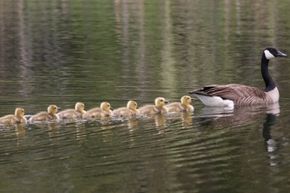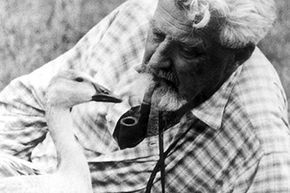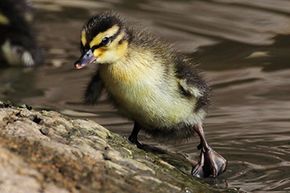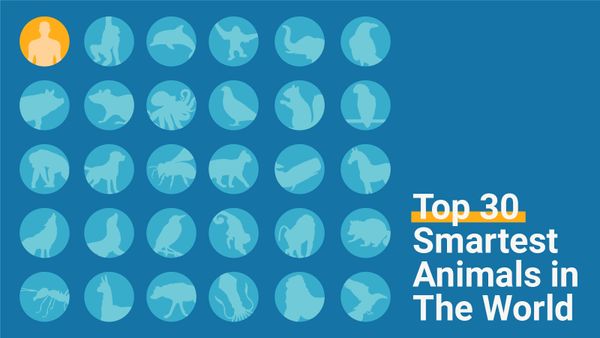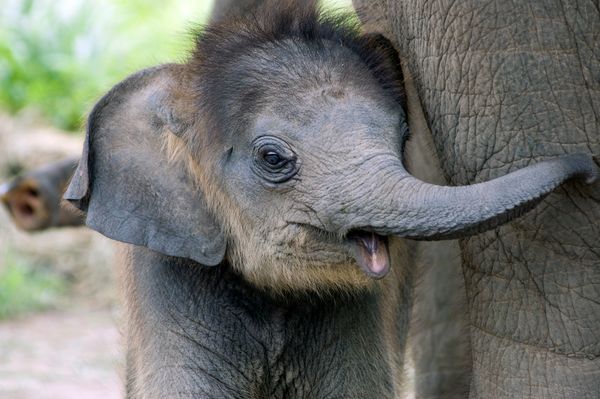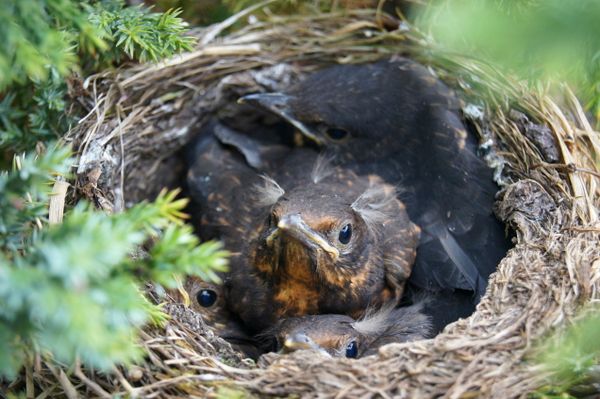Imagine yourself as a young bird just cracking your way out of an egg. You've worked hard to poke and wiggle your way out of the shell, and now you take in the bright, new world all around you. It's an overwhelming experience, but instinctively, you know that there must be someone around who will take care of you. Finally, your blurry eyes make out some movement — this must be the protector!
Luckily, you are a precocial bird who can walk immediately after hatching (as opposed to passerine birds, who are more helpless and can't leave the nest). You waddle your way closer to the movement, and you notice a distinct scent getting stronger. Suddenly, that moving being emits an oddly familiar noise. You finally make your way over. The protector feels warm and soft. So, after your first hard day of work as a hatchling, you've done your job and found your parent, so you curl up and go to sleep.
Advertisement
This young precocial bird has just imprinted on its mother. In a broad sense, animal imprinting concerns how some species of animals learn during a short and sensitive period immediately after birth. In its more narrow definition, the phenomenon is exclusive to certain species of birds. When hatching, these birds don't innately know who their parents are. Rather, they use environmental clues to both identify and attach themselves to their protector. (This is not to be confused with genomic imprinting, which is a different topic.)
Amazingly, these precocial birds can attach themselves to "parents" outside of their species — such as a different kind of bird or even a human. We'll discuss Konrad Lorenz, an Austrian zoologist who got baby geese to imprint on him. But we'll also examine developments in the theories of animal imprinting since Lorenz did his work.
OK, so it's unquestionably amusing to see old film of baby geese following around an old Austrian scientist as if he were their mother, but why is that footage important? Well, one reason is that it enters into the broader study of mother-infant bonding and the various ways in which animals, including humans, interact with their young. Furthermore, mother-infant bonding is an important element in the exploration of "nature vs. nurture" — how genetics and experience, respectively, affect offspring.
But first, let's explore early studies of animal imprinting in more detail.
Advertisement
